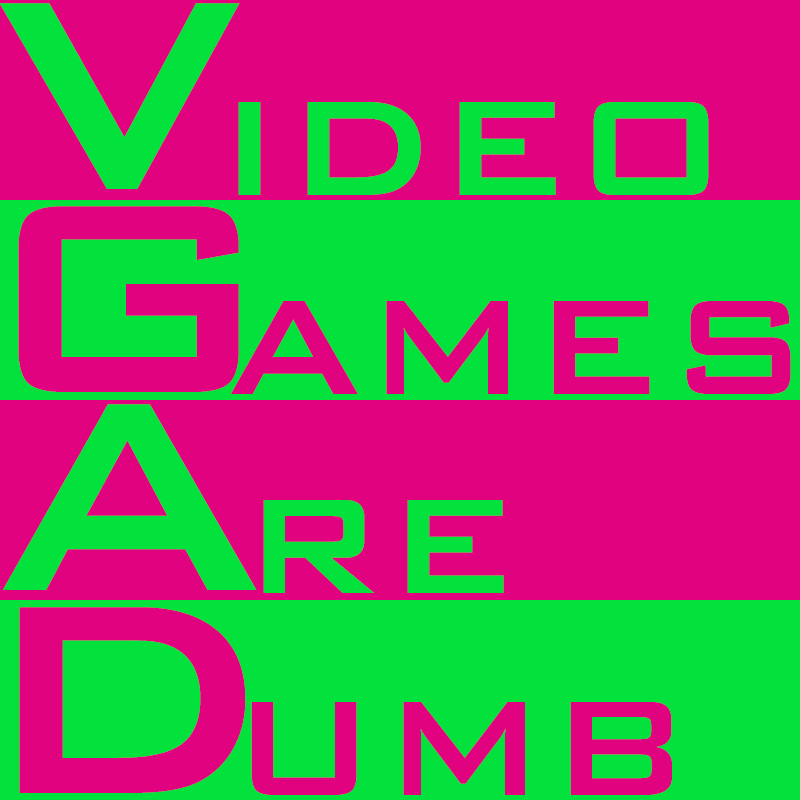At first glance, Murasaki Baby may seem to be a horror game instead of an Adventure title. Swaying green tentacles, evil jack-in-a-boxes, and howling, pear-shaped beasts litter a dark and twisted world. Tortured children wander aimlessly, eager to inflict their pain onto others. Televisions consume people whole, as do trees, while citizens hurl teeth at strangers. Yes, it’s a very scary place.
Then there’s titular protagonist, a small girl whose eyes rests in the middle of her face and whose crooked smile curves around the top of her round head. What separates this girl from the other monstrosities is her pacifist nature and reactionary emotional state. While nearly everything Murasaki actively searches for others to harm, Baby is terrified by her surroundings. Being far too young to defend herself, the only one who can guide her to her mother is you.
As compelling of a premise as Murasaki Baby has, the touch-based mechanics and technical issues hold back this artistically impressive VITA exclusive. Murasaki forgoes the buttons and joysticks on the VITA. Rather, players use their fingers to take hold of Baby’s hand, allowing her to walk forward. Pull her hand too far and she’ll fall, too close and she might be caught by the danger lurking behind her. Players also have to guard Baby’s purple, heart-shaped balloon from creatures and spiked ceilings. Additional, interactive objects such as lanterns or large blockades must be moved to ensure a safe passage. At multiple points, two fingers are required to tug both Baby’s hand and another object.
Unfortunately, this core mechanic remains frustrating throughout Murasaki’s 2 ½ hour story. The VITA’s 5 inch screen simply cannot accommodate this demanding of a touch-based game. With one finger alone, nearly a sixth of the screen is covered up, often time resulting in obscured visual cues. Worse yet, players will regularly need to touch two objects that are close together. During these scenarios, the VITA isn’t able to recognize both fingers at once. Occasionally, it’s unclear whether Baby is waiting for a task to be completed before walking forward or if the touch mechanics are misfiring. Sadly, it’s often the latter.
Utilizing VITA’s rear-touch functionality, Murasaki Baby requires players to flick the back of the system to change the surroundings backgrounds. The level will, for the most part, stay in tact, but by tapping the rear-touch players will interact with specific events. The abilities range from scaring away would-be attackers, to zapping generators to gain access to moving platforms, or even rotating the VITA to change gravity. These changing vistas help give a sense of variety both visually and mechanically, but their implementation makes Murasaki Baby’s already cumbersome touch gameplay even worse.
It comes down to accessibility. There’s just no comfortable way to hold the VITA. A system that was, unlike a phone, designed to be held with two hands. All of Murasaki’s instructions visually display the right hand, this would lead one to believe that the left hand should be used to hold the system. This makes sense, given that Baby will rarely go left.
Keep in mind that the back of the system is used for gameplay and shouldn’t be touched unintentionally. This means players need to find a way to hold the VITA without covering up the screen, squeezing the sinking left trigger, touching the back, or hitting the power button, which will immediately turn off the display. In a word, it’s maddening. How could a game designed exclusively for the VITA make so many obvious mistakes with the system’s hardware?
For those brief periods when the controls do work, Murasaki Baby is fascinating. Baby will often smile and laugh each time you take her hand. This does a great job of creating an emotional bond and made me want to protect her. Even at it’s worse, I always felt bad for Baby each time she cried. Tapping away incoming enemies and carefully moving Baby’s balloon can be satisfying. Murasaki is at it’s best when it plays out a simple puzzle rather than a time sensitive action sequence. If only the controls were a little tighter and the pacing were more relaxed, Murasaki would be an easy recommend.
Thankfully there’s more to Murasaki than it’s gameplay. Each stage introduces an antagonist child that attempts to end Baby’s journey. These children are often slaves to familiar obsessions such as media or beauty. Their stories are told through a series of chronological paintings hanging in the background. The attention to design makes every story feel unique, though many themes do crossover. Accompanied by an atmospheric score, Murasaki stands out as one of the most aesthetically fascinating games of 2014.
Despite all of Murasaki Baby’s design flaws, there’s still a lot to admire. Baby’s struggle to find her mother in a disturbing world is compelling. While I was often annoyed by the gameplay, the haunting art and well written music drew me in. Still, I doubt these components will be enough to encourage to complete Murasaki, but they left me curious enough to continue and overcome its poor execution. If you can overlook a myriad of problematic design choices, Murasaki Baby’s creepy, yet enduring world might be for you.

